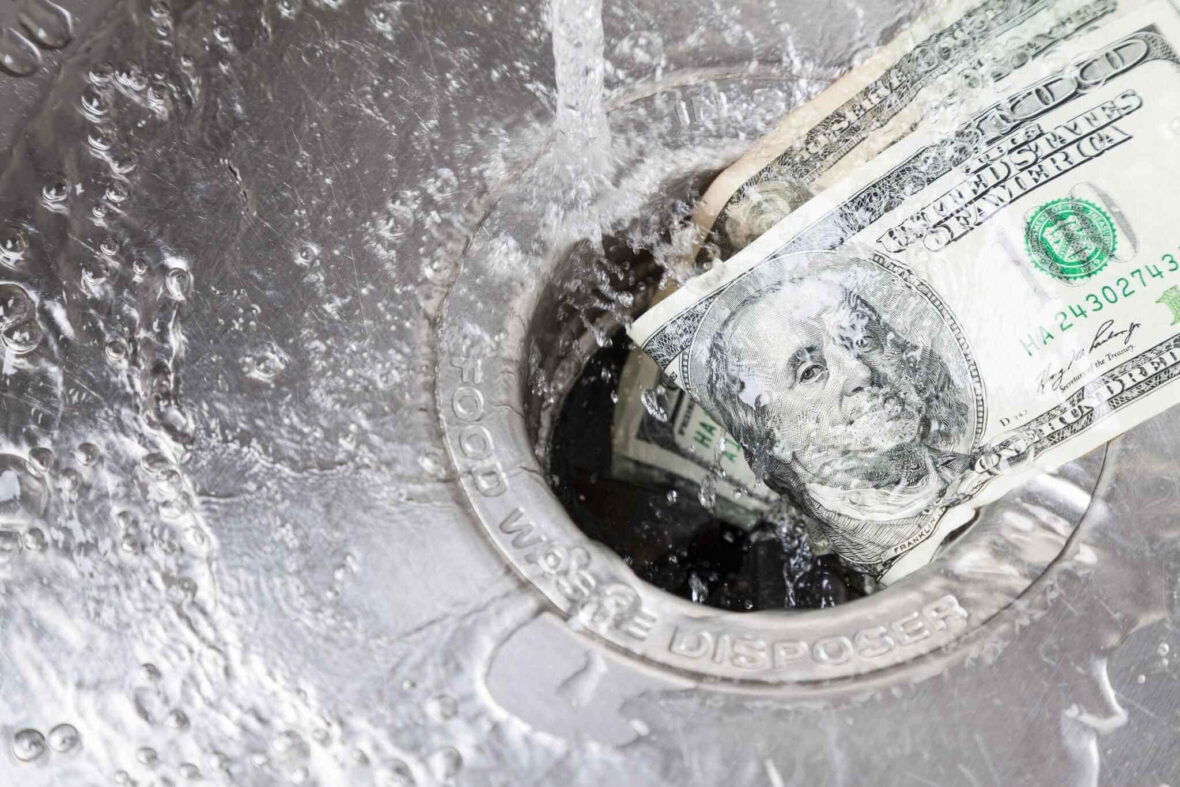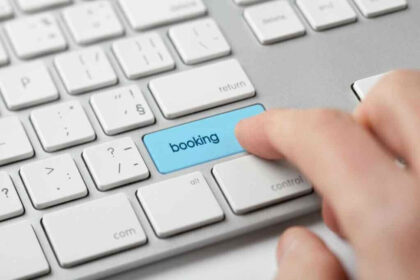Saving money in whatever way possible is always a top priority in any small business. However, many discredit how effective it is to lower water rates for small businesses. Not only does it save money, but it also has an environmental impact, something else that should be high on the priority list.
There are many benefits to saving water, and there are even more ways, all of which are fairly simple and timeless. This article will discuss three top tips to reduce your business water rates.
Contents
Why You Should Save Business Water
Water efficiency is very important in small businesses. It is one of the world’s most precious resources and provides many benefits. By applying some of the tips found in this article, you too can find ways to:
- Save Money
- Lower Carbon Emissions
- Do Your Part For The Environment
By reducing your monthly bill by saving water, you can use the same money to put back into the business and spend it on more important matters. By taking on these tips, you can put yourself in the right position to stomp out any bad habits, dripping taps, or leaks that could cost your business thousands.
Tip #1 – Invest In Water Saving Equipment
Saving water in the business can be easy with the correct equipment. Regardless of your efforts, if your equipment isn’t up to date with water-efficient functionality, it will be doing more harm than good. Wondering where to start? Single lever taps are a great way to save money for faucets, and it allows the user to get their desired temperature and water flow with just one hand as opposed to a dual lever tap, which requires a bit more finicking and labor.
Dual flush toilets are another great example. Toilets are something that is very commonly used in workplaces and businesses. Think of the amount of water that could be saved with more efficient flushing. Dual flush toilets allow users to select a low or high-powered flush depending on their needs. Which, in turn, helps save an abundance of water. It doesn’t stop there. Plenty of water-saving equipment is available to buy, like low-flow plumbing fixtures, spray taps, and more.
Tip #2 – Identify Leaks/Drips
When saving water in a business, nothing can be emphasized as much as checking for leaks and drips. A dripping tap can waste at least 5,500 litres of water yearly, which means a huge lump sum out of your water bill. It could come down to a leak or a drip if you notice unusual or large sums of money adding up on your water bill. Many online resources show how you can test for leaks and drips and perform regular checks to ensure you are on top of your water savings.
An easy solution is to get a water audit run across your business. A water audit is a third-party service run all over your premises, analyzing it from top to bottom and informing you of the opportunities for saving and possible implications.
Tip #3 – Inform Staff And Visitors

Unfortunately, just because you might be on board doesn’t necessarily mean the rest of the team is. Your staff and visitors play a huge part in saving water, and it’s a team effort to try and drive those costs down. You can do this by quickly briefing your staff and letting them know of all the recent changes and how they can do their bit to save water.
Encourage them not to leave taps running, make use of water-efficient equipment, and cut down the use of heavy water-load appliances like dishwashers. It should be well within their interest to help do their bit for the environment whilst helping the company.
You could even allocate a specific team member to manage your water conservation plan. As for guests, it’s a bit trickier to brief them without sounding condescending or arrogant. It could be as simple as a small flier or poster in the facilities to encourage them to save water. It’s often quite an attractive point for people interested in the business if you are conscious of saving water.
In Summary
Water waste is a very prominent issue and, even to this day, needs to be appreciated more by businesses across the globe. As a small business owner, you have the chance to change it from the ground up and save your company lots of money that can be going to better things.
By applying these tips, as well as others out with this article, you can be on the right track to a fully water-efficient business.




